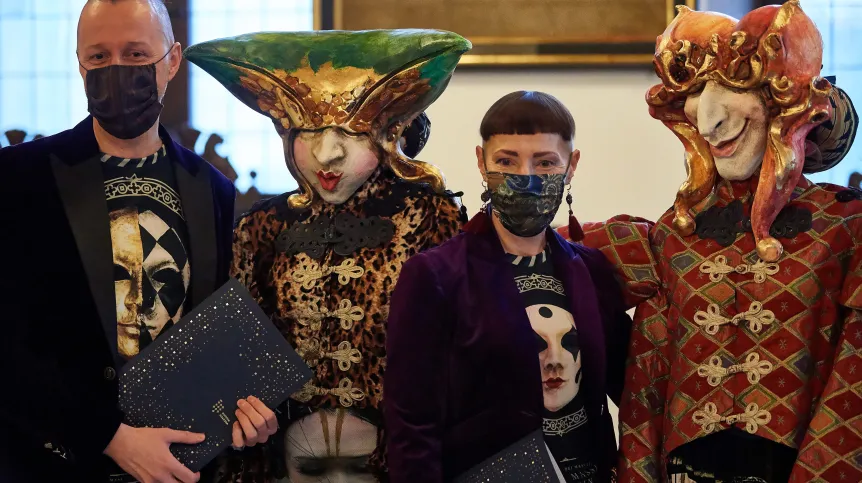
The roles of masks have been reversed due to the pandemic, says a culture expert at the University of Warsaw.
In his book Maska w kulturze współczesnej Europy. Teorie i praktyki ("Masks in the culture of contemporary Europe. Theory and practice”), Professor Wojciech Dudzik says that in modern Europe, masks used to be a symbol of theatre and carnival, they were associated with play, and now they mean rigors and the search for safety. Covering the face used to be forbidden, now it has become an obligation.
The cultural scholar and theatre scientist at the university’s Institute of Polish Culture told PAP: “A few years ago, when I started working on a book about European masks, I did not even think that the world would change so much that I would have to add a completely unplanned chapter on the requirement to wear masks. And yet, both historically and in contemporary times, there were rather bans on wearing a mask. The requirement to wear masks is a complete reversal of what happened before.”
Bans relating to mask wearing have been introduced many times in Venice since the 13th century, when masked people were forbidden from carrying weapons or enter churches, monasteries and... brothels. In the 20th and 21st centuries, many European countries banned wearing masking in public places, especially during protests and demonstrations.
However, Professor Wojciech Dudzik draws attention to one of the few orders to wear masks in the history of our continent. It was introduced in Venice in 1776. Women were required to wear masks in the theatre so that other viewers would not recognize the person the man came to the theatre with - whether it was his own wife or another woman. Dudzik said: “Now, during the pandemic, when we are required to wear masks in theatres, for the first time we have a situation that it is not the actors, but all the audience wearing masks. This is the first such situation in history."
Changing the ban on wearing masks into a requirement is not all when it comes to reversing the function of masks in the pandemic. Dudzik says: “A pandemic mask covers the lower part of the face, and traditional masks were supposed to cover the eyes,” giving the example of the Zorro mask or the 'loup' mask - usually black, used, for example, at masquerade balls. In the case of such masks, the nose and mouth are clearly visible. Dudzik said: “And now, under the pandemic mask, the smile is in quarantine. We do not know if our interlocutor in a pandemic mask is smiling or not. And the covered mouth hampers communication. It will not say everything we want to express.”
The researcher points out that in the past, masks were usually worn during rituals and carnivals. And we perceive the carnival as an area free from the laws of everyday life, literalness, one that allows for different behaviours, provokes them. Now the mask is a necessity, it has become a part of everyday life, it has to do with sanitary requirements and reminds us of the uncertain times we live in.
Professor Dudzik said: “The mask covers the face and yet - often also through its form - it also reveals the part of our identity that we would not necessarily want to reveal under different circumstances: our dreams about a different world, our desires and fears. It hides the face so that we can become someone else, even for a short time. But the pandemic mask does not tell others who you want to be, who you could be, but rather what you do not want to be: a victim of the disease, a person who is infected or infects others.”
He notes that the mask, which primarily has a protective function, has retained some of the traditional functions of masks. When it comes to specialized surgical masks, they have a uniform design and material, but immediately after the introduction of the requirement to cover the mouth and nose, there was a market demand for personalized, hand-sewn masks with various patterns and materials. “It shows that we don't want to be standardised, be like the others. Since everyday life requires contacts with other people, we want to retain a minimum of recognisability. Even during the pandemic, we do not want to give up all the behaviours to which we are used,” Dudzik says.
He adds that designers quickly began to offer masks for various occasions, for example wedding masks. But there are also masks that carry various symbols: party, political, national (masks with miniatures of state flags) or motifs from the world of pop culture and slogans similar to those printed on T-shirts.
MASK AS A SIGN OF PROTEST
Professor Wojciech Dudzik notes that masks have previously been used in Europe as a form of opposition in political protests. Their function was primarily to make it impossible to identify participants, photograph them or to obstruct the operation of biometric facial recognition systems.
In recent years, the most popular mask was the Guy Fawkes mask that gained popularity after being used as a major plot element in the graphic novel V for Vendetta and its film adaptation. It was used in the Occupy Wall Street, Anonymous and ACTA protests. Dudzik says: “It was intended to show that the protesters would not succumb to the authorities - not only to their attempt to identify, but also to capture the participants of the protest by taking over their faces.”
A popular mask used during protests is the so-called balaclava. The professor says: “Interestingly, both protesters and law enforcement use it. Two groups of masked people face each other. When the law enforcement forces attack, they pull down the visors - they put on the masks. They not only have a protective function, but also prevent the identity of the policemen from being revealed.”
He points out that a situation where the previous prohibitions on using masks have been replaced by orders to wear them - in the name of common safety - this can also be read symbolically as an attempt by the authorities to control the face and, consequently, the entire body transformed by the mask. “During the pandemic, the struggle to have control over one's own body was also revealed. During Women's Strikes, women fight for their own bodies. And rebellious citizens fight - or want to fight - for their own faces. In any case, we are all waiting for the pandemic to be over so that we can take off our masks with relief. We want to become the owners of our faces and different, non-pandemic masks,” he says.
PLAGUE DOCTOR MASKS
When asked about the history of protective masks, the researcher says that already in the iconography of the 16th and 18th centuries we can find images of plague doctors. To protect himself from his contact with patients, the plague doctor would wear a mask with a long beak. Herbs were put inside the beak (and later also disinfectants) to protect the doctor from infection. In Europe, such masks appeared in the early 17th century. In addition to the plague doctor mask, the entire outfit was also characteristic: a black coat, gloves and a stick for touching the sick person. Later this outfit made its way into the carnival and dell'arte comedy.
The surgical mask appeared at the end of the 19th century. Jan Mikulicz-Radecki, a Polish surgeon and pioneer of asepsis, is credited with its invention. The mask he designed, made of cotton, had the shape of a rectangle with strings made of fabric to be tied at the back of the head.
Over the years, the surgical mask evolved, and materials that filtered the air better and better protected doctors against pathogens were used in its production.
The requirement to cover the mouth and nose (with anything) in public places was introduced in Poland for the first time on February 16, 2020. From February 27, 2021, it is obligatory to cover the mouth and nose specifically with masks (it is no longer allowed to use helmets or scarves). All types of masks are allowed, although more specialized ones, i.e. surgical and with filters, are recommended. Thus, even more masks appear in the public space. (PAP)
Author: Ludwika Tomala
lt/ ekr/ kap/
tr. RL
Gallery (12 images)
-
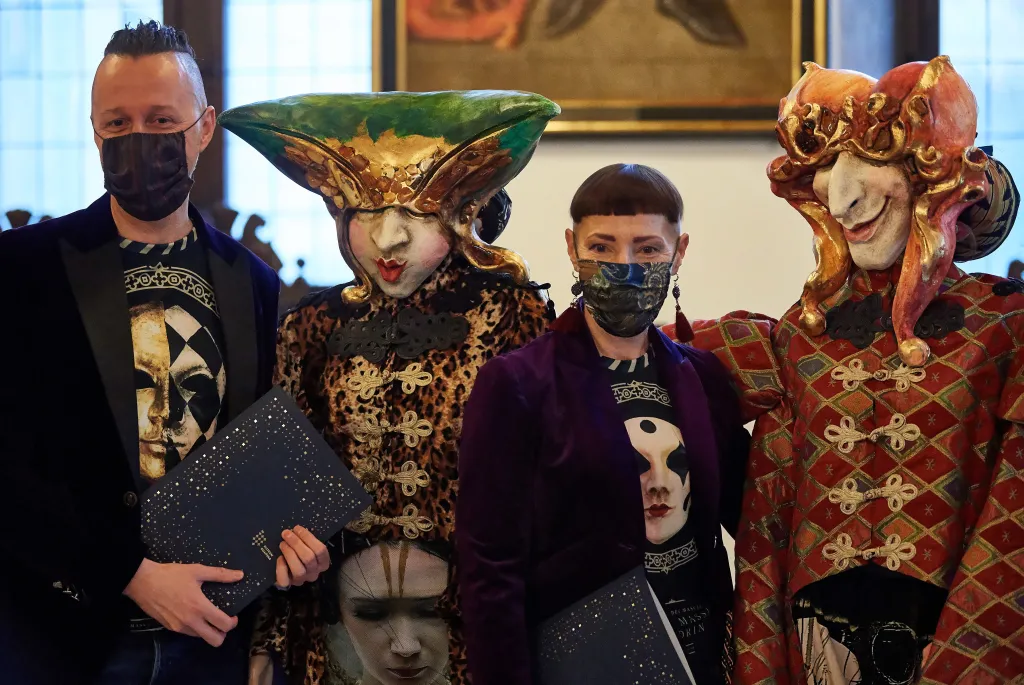 1/12Photo: PAP/Adam Warżawa
1/12Photo: PAP/Adam Warżawa -
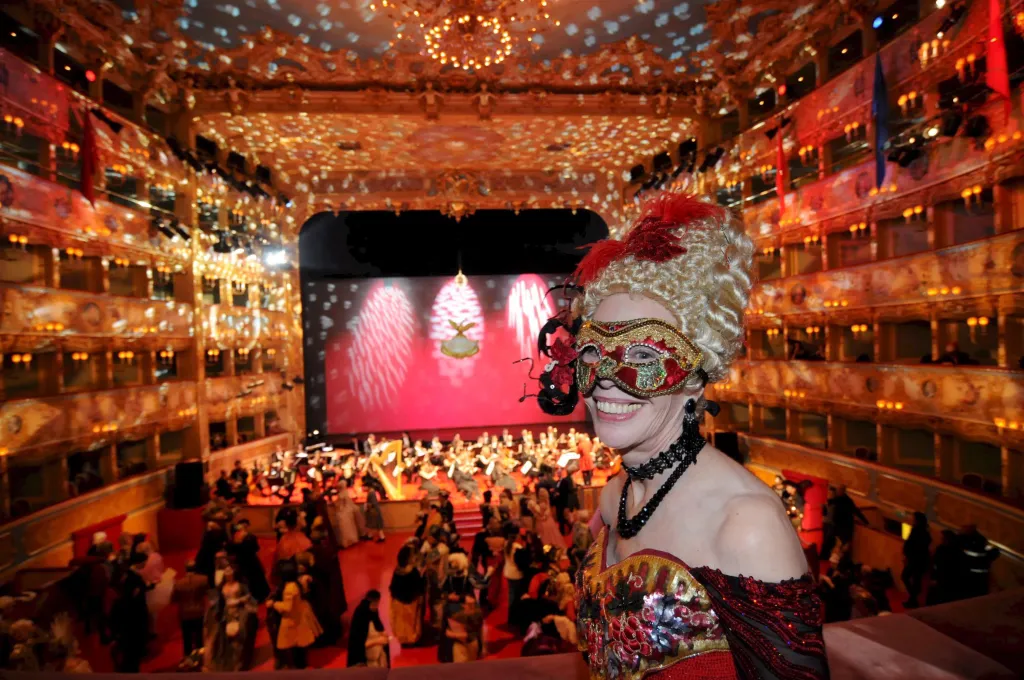 2/12Source: PAP/EPA
2/12Source: PAP/EPA -
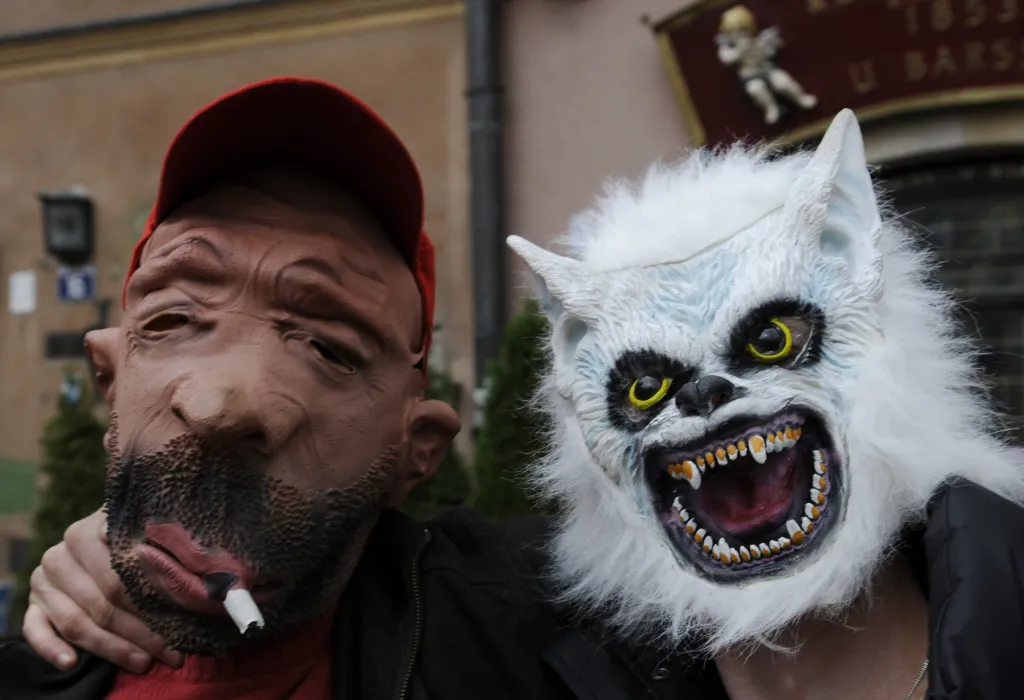 3/12Source: PAP/Andrzej Rybczyński
3/12Source: PAP/Andrzej Rybczyński -
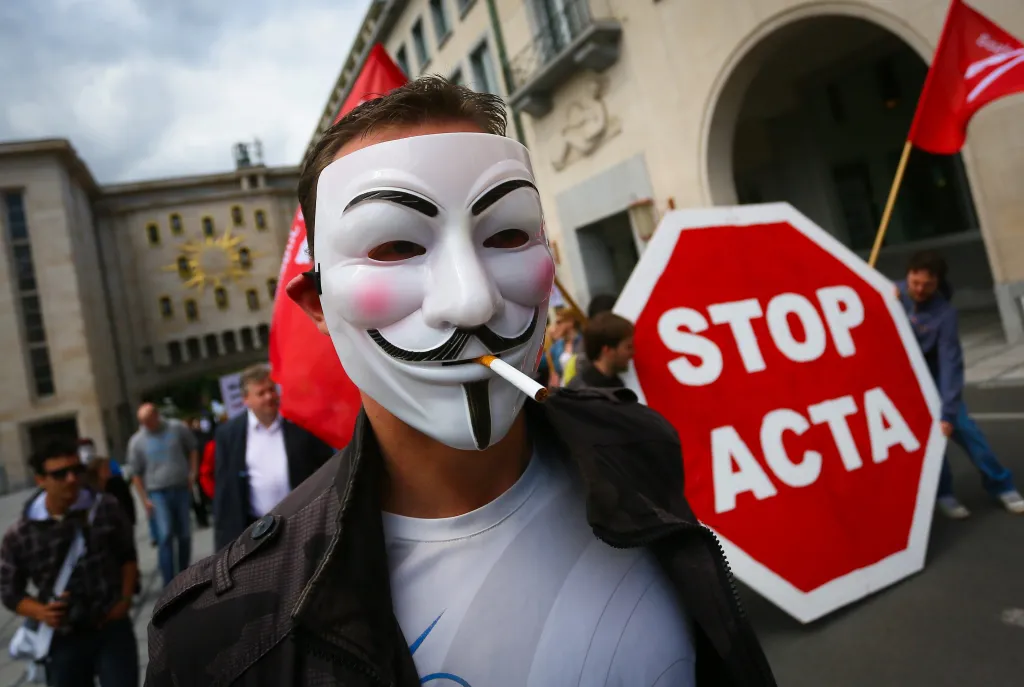 4/12Source: PAP/EPA
4/12Source: PAP/EPA -
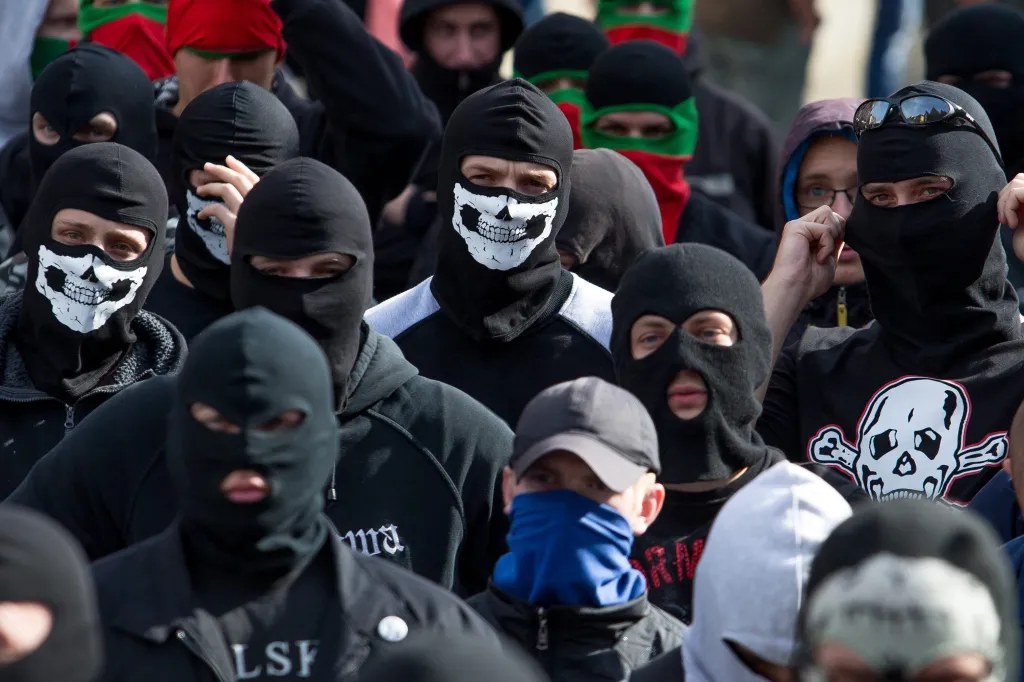 5/12Source: PAP/Maciej Kulczyński
5/12Source: PAP/Maciej Kulczyński -
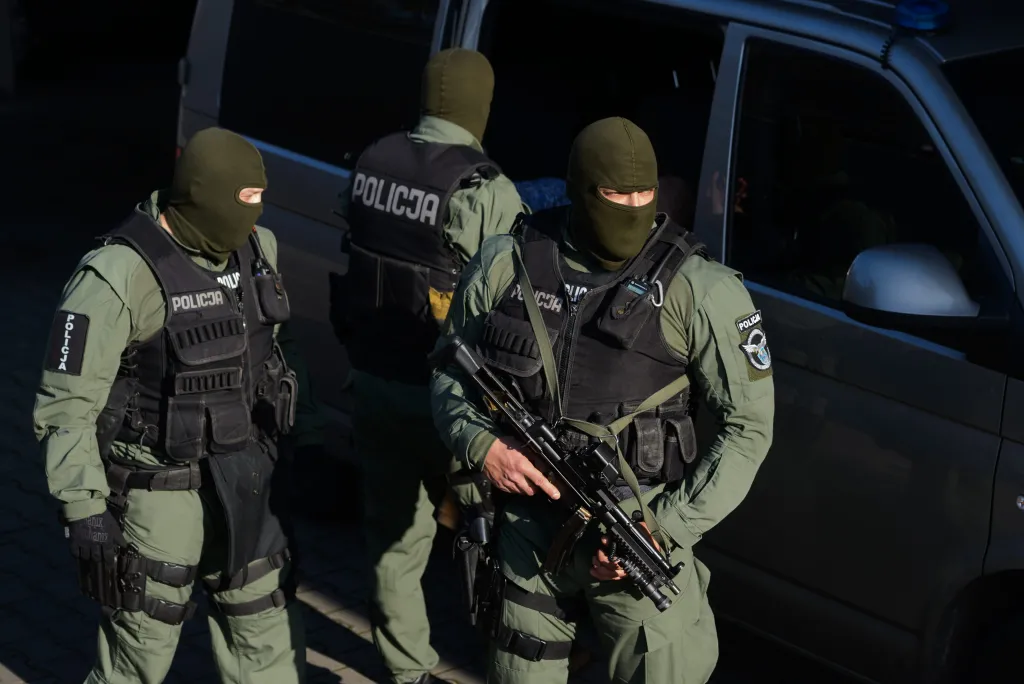 6/12Source: PAP/Jakub Kaczmarczyk
6/12Source: PAP/Jakub Kaczmarczyk -
 7/12Source: PAP/EPA
7/12Source: PAP/EPA -
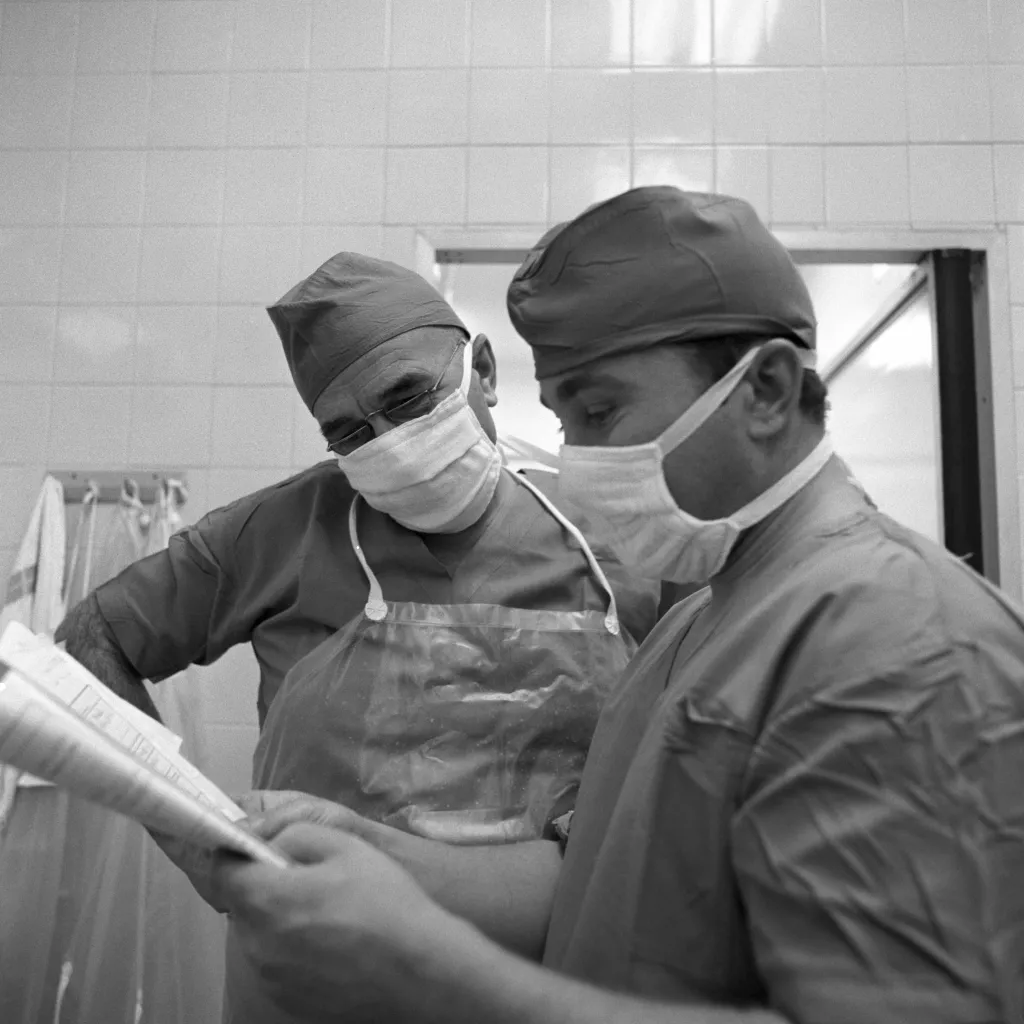 8/12Source: PAP/Leszek Łożyński
8/12Source: PAP/Leszek Łożyński -
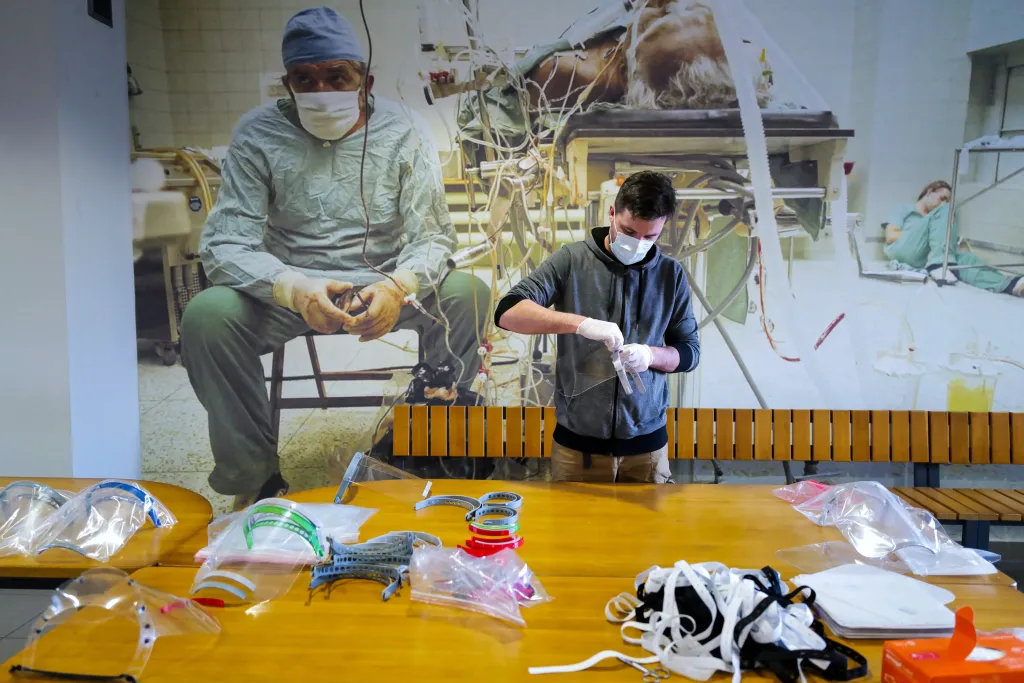 9/12Source: PAP/Andrzej Grygiel
9/12Source: PAP/Andrzej Grygiel -
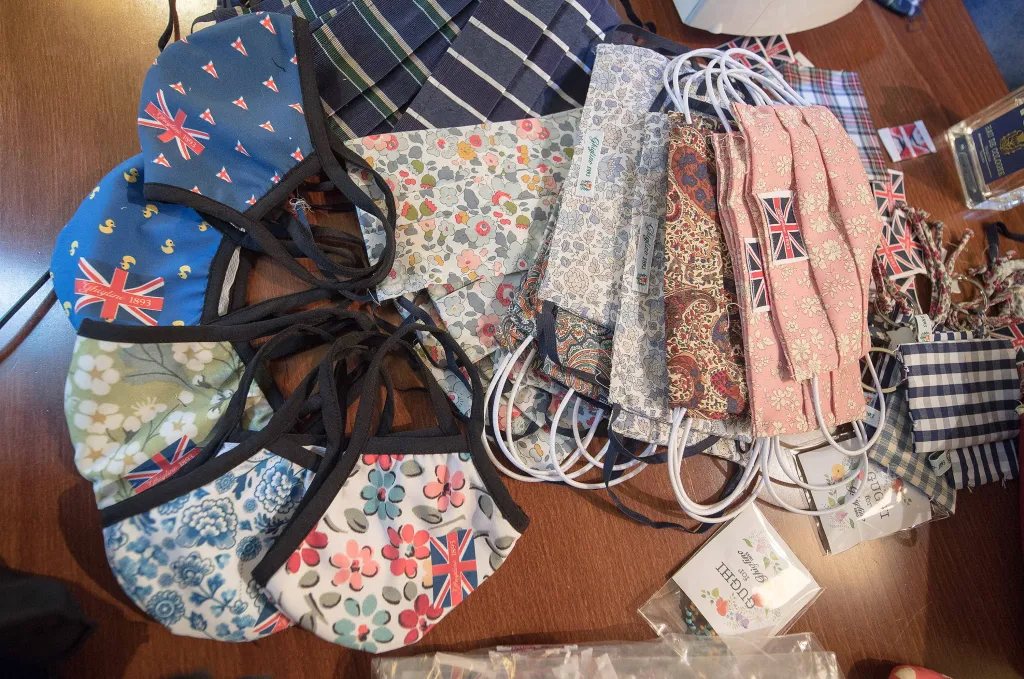 10/12Source: PAP/EPA
10/12Source: PAP/EPA -
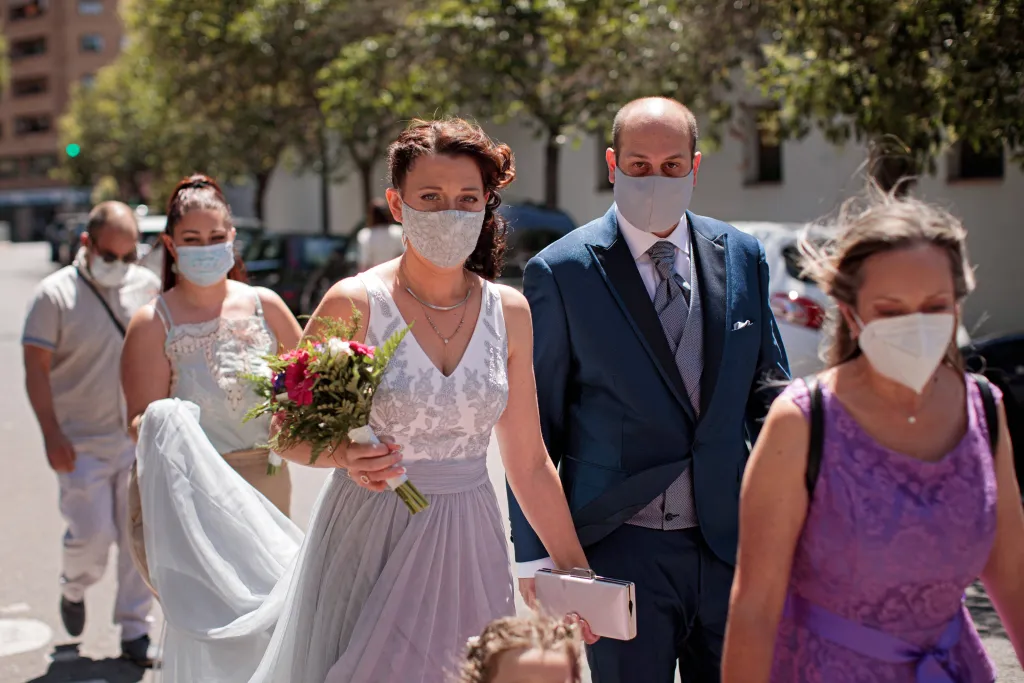 11/12Source: PAP/EPA
11/12Source: PAP/EPA -
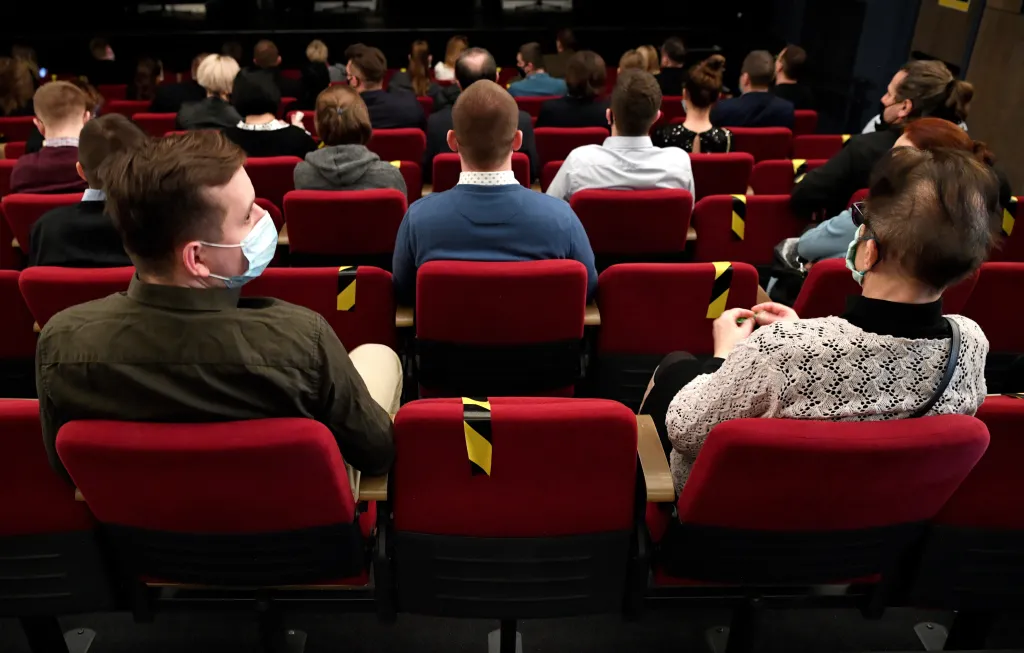 12/12Source: PAP/Darek Delmanowicz
12/12Source: PAP/Darek Delmanowicz













